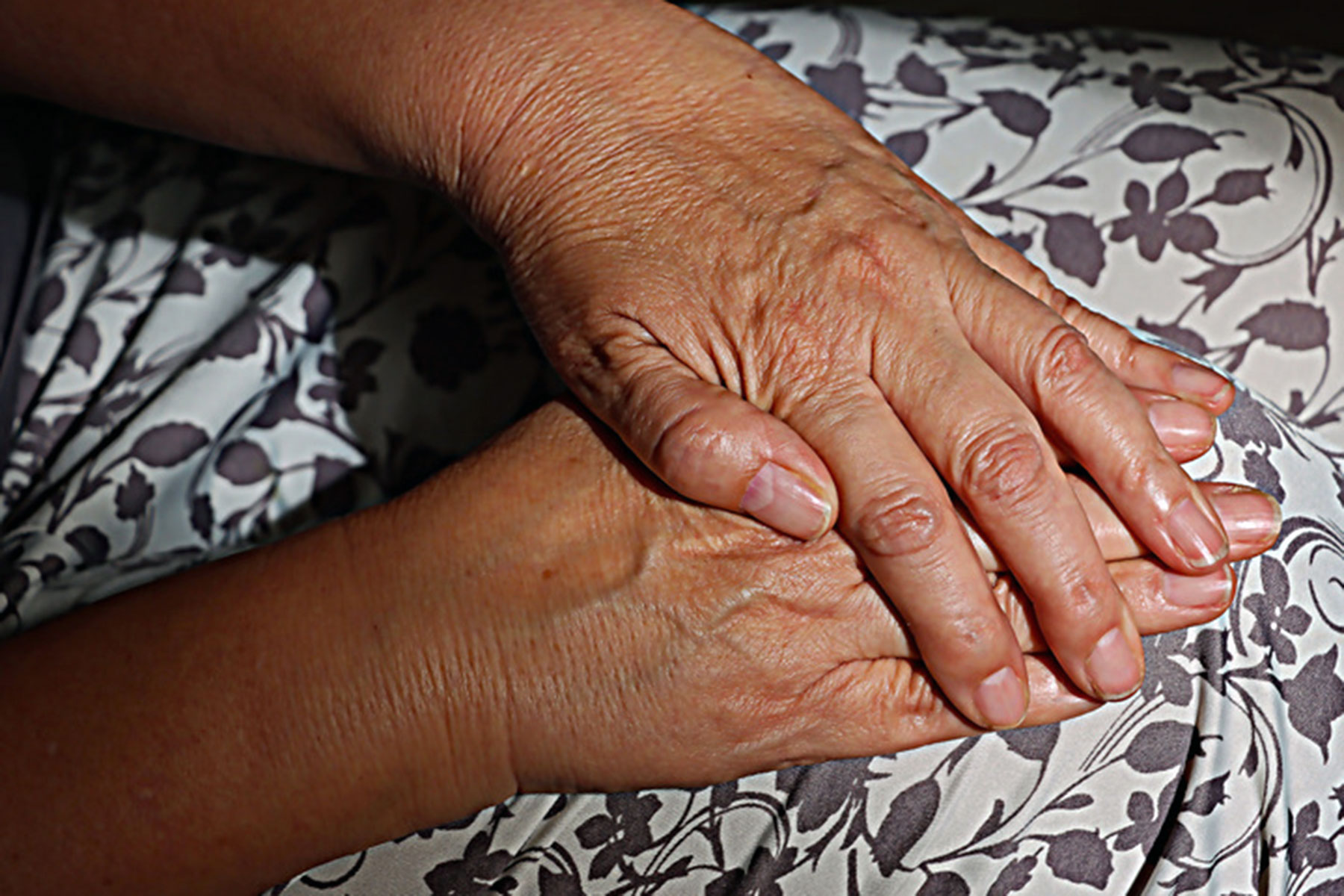Despite the horror of being physically hurt, and having their money or medication stolen, elders who are abused or neglected often endure the abuse without calling for help. As lifelong caregivers and protectors, many elders suffer in silence to maintain the well-being of their family and that may include their abuser.
June 15 is World Elder Abuse Awareness Day (WEAAD), a day to raise awareness and prevent elder abuse. It’s a day to reflect on what it’s like to become an elder and the many challenges they are facing such as: losing strength, muscle, and bone mass. Mental clarity can deteriorate and lead to memory loss. These inevitable vulnerabilities leave our elders at risk of being abused.
According to the National Council on Aging, most abuse occurs in the home and at the hands of family members.
“It’s unacceptable when elders silently suffer abuse and neglect at the hands of those who should be protecting them,” said CEO Lori Jump, StrongHearts Native Helpline. “Many elders refuse to report their abusers because they are closely related and want to protect their family, but there are so many more reasons that most people can’t imagine.”
- Love: Despite the abuse or neglect, victims continue to love their abusive partner or relative.
- Fear: Elders may fear retaliation if they report the abuse.
- Embarrassment: Worrying about what others might think or do to make matters worse.
- Lack of Resources: Many elderly people live on fixed incomes and may depend on their abuser for shelter.
- Accessibility: Elders may not be able to report if they do not have access to cell phones, internet and/or transportation.
- Polyvictimization and Normalization: For generations, Native people have endured multiple types of abuse at the hands of non-Natives – so much so that abuse seems normal – an everyday part of life.
Types of abuse
Elder abuse is an intentional act or failure to act that causes or creates a risk of harm to an older adult. The abuser can be a family member, caretaker or another person that the elder trusts.
Types of abuse can include:
- Emotional abuse – causes mental pain, fear and/or distress
- Physical abuse – the use of force to cause pain, injury, etc.
- Financial abuse – improper use of an elder’s money, property or assets
- Caregiver neglect – a failure to meet basic needs (food, water, medical care)
- Sexual abuse – forced or unwanted sexual interactions of any kind
- Cultural and spiritual abuse
Learn the signs of abuse
The signs of elder abuse may be difficult to spot as they could sometimes be the result of disease, side effects from medications or similar reasons. However, if you suspect that an elder is being abused, be patient, talk and listen to them. Be aware that they may say that they are being “disrespected” rather than abused. Other signs of abuse may include:
- Unexplained bruising or injury
- Changes in behavior
- Lack of interest in family or social events
- Loss of weight
- Not having necessary medical aids (glasses, walkers, teeth, etc.) or adequate food, water, shelter
How can you help?
Education is always the first step. Understand the warning signs of elder abuse and pay attention to the elders in your life. Ensuring that our elders are properly cared for can include:
- Offering to help those in your family that might be feeling burdened with the care of a loved one.
- Spending time with an elder and planning a rotating schedule if you have multiple caregivers.
- Bringing them nutritional foods like baked goods or even better, frybread.
- Talking and listening to their stories because elders have a lot of wisdom to share and appreciate.
- Every state has an Adult Protective Services division for those wishing to report abuse at www.napsa-now.org/help-in-your-area.
StrongHearts can help. Advocates are available 24/7 to provide support and advocacy, make referrals to Native centered service providers and connect our relatives to regionally available resources. We are here 24/7/365.
SOURCE
National Center for Injury Prevention and Control, Division of Violence Prevention https://www.cdc.gov/violenceprevention/elderabuse/fastfact.html
National Adult Protective Services Association https://www.napsa-now.org/help-in-your-area/

